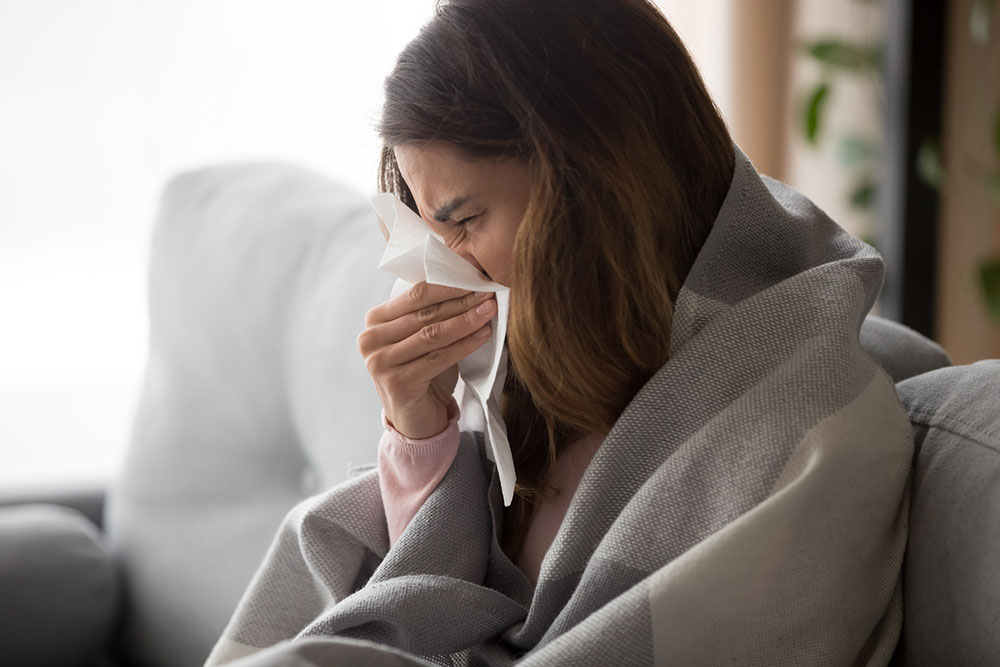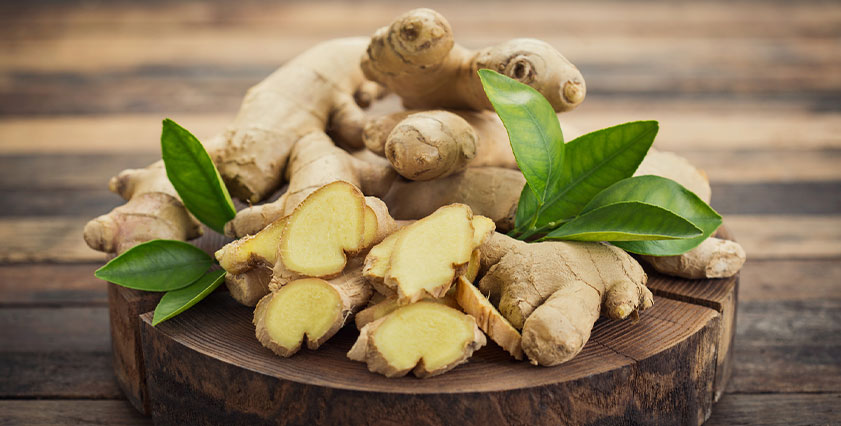Top 8 Traditional Hotspots of Respiratory Illnesses

Treating several respiratory illnesses such as asthma, the common cold, and those due to allergy reactions involve preventing triggers of the symptoms. Most people assume they must take precautions only when they head outside. Although it is essential to mask up and avoid pollutants, smoke, and particulate matter outdoors, it is equally crucial to be wary of potential symptom triggers indoors as well. Here we’ve discussed some hotspots for respiratory problems and how to tackle them.
Doorknobs and drawer and appliance handles
The handles of drawers, appliances, and doorknobs in any home or office are some of the most touched surfaces, as everyone comes in contact with these. As a result, they are one of the biggest hotspots for respiratory illnesses. They can quickly spread contagious germs such as viruses, bacteria, etc.
What you can do
Although it is impossible to completely cut off contact with these surfaces, cleaning them with disinfectants is recommended.
Electronic keypads and keyboards
Electronic keypads and keyboards can have 400 times more germs than an average toilet seat. This is because these are in constant contact with our hands, which are the biggest carriers of germs unless we sanitize them regularly. Moreover, many people drink and eat at their desks as they work.







